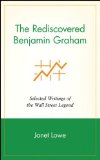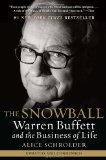Exeunt Investor
Making money from trading stocks should be ridiculously easy; after all,all you have to do is buy low and sell high. Which makes it a recurring mystery as to why so many people so often do the opposite. After all if you buy something at £5 and it drops to £4 it’s cheaper, right?
It’s not just with stocks that this problem occurs, although it’s just not so obvious elsewhere because we tend to buy goods and keep them rather than re-selling. Generally when we’re buying something we don’t understand too well we tend to look for signals that tell us whether it’s of a decent quality or not. Often one of the main signals we use is the price, such that a higher price is believed to identify goods of higher quality. Ergo, if the price goes down then that’s signalling something too: in the case of stocks, that we’ve made a mistake. Exit investor, followed by losses.
Making money from trading stocks should be ridiculously easy; after all,all you have to do is buy low and sell high. Which makes it a recurring mystery as to why so many people so often do the opposite. After all if you buy something at £5 and it drops to £4 it’s cheaper, right?
It’s not just with stocks that this problem occurs, although it’s just not so obvious elsewhere because we tend to buy goods and keep them rather than re-selling. Generally when we’re buying something we don’t understand too well we tend to look for signals that tell us whether it’s of a decent quality or not. Often one of the main signals we use is the price, such that a higher price is believed to identify goods of higher quality. Ergo, if the price goes down then that’s signalling something too: in the case of stocks, that we’ve made a mistake. Exit investor, followed by losses.



